Living without air conditioning
A way to live closer to nature that you're probably not going to like
I remember as a child visiting my grandparents on sultry summer evenings. There was no A/C in their old farmhouse and the air was still and warm. The lights were kept off until absolutely necessary to prevent adding heat. In the dim kitchen, we would eat vanilla ice cream with chocolate syrup poured from a metal can to cool off before retreating to the yard. It was more comfortable out there with big shade trees and a slight breeze.
I also remember visiting friends who lived in newer ranch houses on suburban streets with no mature trees. The houses and pavement radiated heat, and the lawns, though green from irrigation, offered no relief. Playing in the yard in summer mostly consisted of running through the sprinkler then running for the house.
I live in my grandparents’ house now, and the air is still stifling on the worst days of summer. The shade trees, though now different species, keep the yard bearable. Though we don't have air conditioning, the design of the farmhouse and the presence of trees allow us to live here, if not always comfortably.
Though I'm sure there are others like us, I don't personally know anyone else who lives without A/C. In fact, it probably wouldn't be possible to do so in the typical house. When people express shock that we are able to do without, they are no doubt imagining themselves trying to survive in their one story ranch/double wide/house in town, buildings that offer big challenges for keeping cool without A/C. We have forgotten that a few generations back, everyone lived without air conditioning, but did so in very different physical environs.
Most older farmhouses that remain standing around here have two stories with multiple windows and doors that can be opened and closed strategically to release warm air or retain cool. They often sport deep porches that keep the space closest to the house in shade. Though often surrounded by treeless farmland, large maples and oaks grace the yards, providing shade that makes the difference between miserably hot and cool enough to bear.
These older homes were built well before the advent of A/C, and even before home electrification was common. Houses and their surroundings were optimized to make summer bearable. Shade trees were not only indispensable, they were free. All that was necessary was to allow volunteer trees to grow in useful spots, usually to the south and west. Existing trees near the building sites were likely simply left in place while surrounding land was cleared for farming. Or you could visit the woods and find a sapling to transplant. There was no costly installation of large specimens as is common today.
With the use of A/C a given, the newer, post-war housing developments were built with different values in mind. These neighborhoods took over existing farmland that was already barren of trees, or where existing timber was removed prior to construction to maximize profit. They contain cookie-cutter homes placed with no thought to passive heating and cooling, but in a way that fits as many on a street as possible. The overhead wires and small lots discourage large shade trees. Residents can go from their cooled homes directly into garaged vehicles also equipped with A/C, straight to the drive-though to receive their iced lattes through a briefly opened window. Convenience and comfort are maximized, and though most homeowners are financially stable or even well-off, any transition to less reliance on A/C is difficult.
Were people just tougher back before air conditioning? Possibly they were, or more likely they had no alternative and simply lived the best they could. It's important to consider how our bodies adjust to heat and cold. When weather first turns hot in spring, a day over 80° seems almost unbearable. Two months later 80° feels cool. The same thing happens in the fall when we shiver on the first cool day. We've adjusted to heat, but quickly readjust to cooler temperatures when necessary.
“Hot” and “cold” are always relative and based on our perception. A few weeks ago I decided to go food shopping on a particularly oppressive evening. The air when I entered the supermarket was so cool and refreshing that I let out an involuntary “aaahh." By the time I reached the checkout, however, I didn't feel cool, just normal. The parking lot, which before felt merely baking, was now broiling.
The more time we spend living, working, and shopping in climate controlled environments, the less we adjust to seasonal changes, and the more uncomfortable we are in temperature extremes. I live in a house that isn't cooled in summer and has no central heating, and I spend lots of time outside. I'm not tougher than the average person, but I acclimate to seasonal temperatures so I suffer less. I am actually very sensitive to heat and must limit my time in summer sun to essential tasks.
I do farm chores in the early morning and evening when possible. In the off-season, I weed, trim, mulch and do anything else I can in the garden in order to minimize summer work. The best way to avoid heat stress is simply to do as little as possible in the heat of the day. Many cultures have a traditional siesta (or riposo, mesimeri, siyesta, or sieste) during the hottest part of the afternoon when people retreat to cool areas and nap or do very little. Such a custom is sadly lacking in the United States, and it's almost impossible to imagine shops and offices shutting down for a few hours in the afternoon.
With climate control, we've released ourselves in large part from having to adapt to weather, and it will prove difficult to reverse this process. Nonetheless, as summers get hotter, there may be a return to such customs as the siesta. In the meantime, I foresee a two-tiered society developing in which the poorest and most desperate for work will be the ones who must be outside in the heat of day, while restaurants, shops, and entertainment venues cater to the wealthy in the early morning and late evening hours.
The lack of focus on local adaptations to hotter summers in climate change discussions is dismaying. There's little progress on mitigating climate change globally, with a major focus being on the misguided solution of “renewables.” When I read about tree planting schemes the idea mainly seems to be drawing down carbon, with tree plantations for eventual harvest a large part of the plan. We need to be talking about actions within local control, including tree planting for immediate relief. This means planting lots of trees, preferably many native species, that grow large and are expected to remain in place for the entirety of their natural lives.
While my shady yard is cool compared to treeless subdivisions, even more refreshing is the forest, where the leafy canopy stretches across acre after acre. Only patchy sunlight reaches the ground, which remains cool and moist in all but the worst droughts. Allowing forests to regrow would not only provide oases of coolness, but bring clouds and rain as they bring up water from under the soil surface and release it through tiny pores in their leaves. Research now shows that they also release particles that act as condensation nuclei, allowing clouds to form and rain to fall in localized cycles.
In the humid eastern U.S., returning land to forest actually saves labor — stop mowing and the trees will come. How about property tax rebates to incentivize land owners to cease mowing huge fields as if they were lawns? How about non-coercive buy-outs for homeowners in flood-prone areas so the land can revert to forest? The potential benefits in cooling power and flood/drought mitigation are enormous.
Unfortunately only those sufficiently well off to own large lots have the option of towering shade trees for personal shade. Most homebuyers are at the mercy of the housing market and take what they can get, and only the wealthy have the wherewithal to custom build homes with passive cooling designs. And we will probably wait forever for government subsidies that could actually help us stay cooler locally. What immediate steps could be undertaken by concerned citizens working together?
There are scads of articles about getting rid of your lawn in the name of pollinators, biodiversity, and carbon sequestration, but what about plain old shade? There are plenty of plants that stay under 20 feet that could be used in high density urban and suburban areas to shade most of the ground without threatening homes or power lines.
For this area I imagine backyards filled with dogwood, serviceberry, spicebush, various fruit trees, and banana plants, though the possibilities are nearly endless. With neighborhood cooperation, shaded paths could be maintained to allow pleasant walkways to access other neighborhoods and shopping districts. Even in the absence of trees large enough to cast shade onto rooftops, keeping the ground and exterior walls shaded can drastically lower temperatures. On a large enough scale, such measures could help reduce the urban heat island effect.
Though I've made references to climate change and the threat of higher temperatures, the average summer is close to intolerable without air conditioning in much of the U.S. Storms that knock out power for extended periods, blackouts on an overloaded grid, or simply the inability to pay for repair or replacement when your system fails could mean suddenly having to deal with extreme discomfort. For many the answer is to invest in a generator, another piece of technology with its own set of problems. Creating and implementing a plan that goes beyond adding more appliances is a very good idea and the time to start is now.




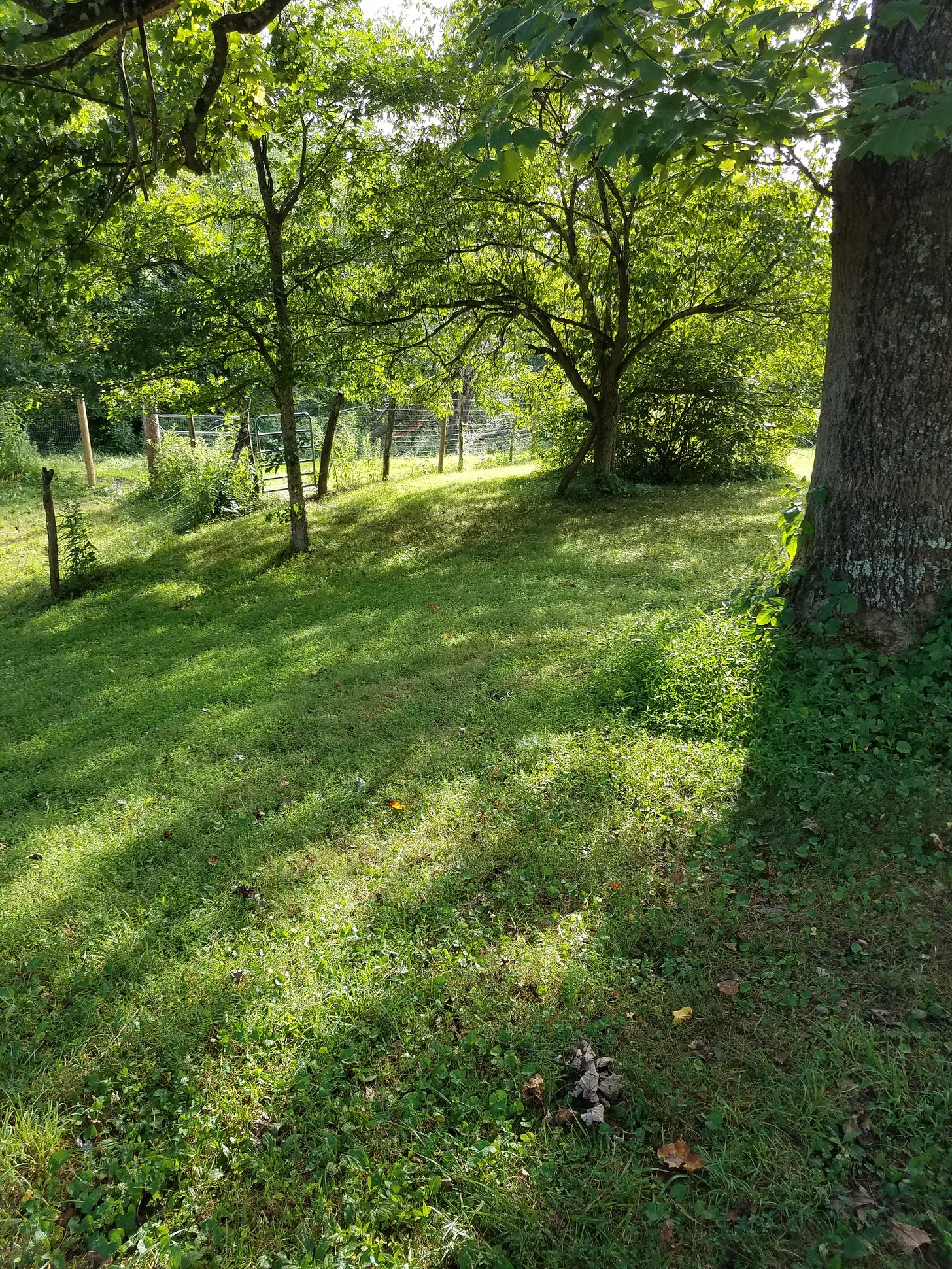
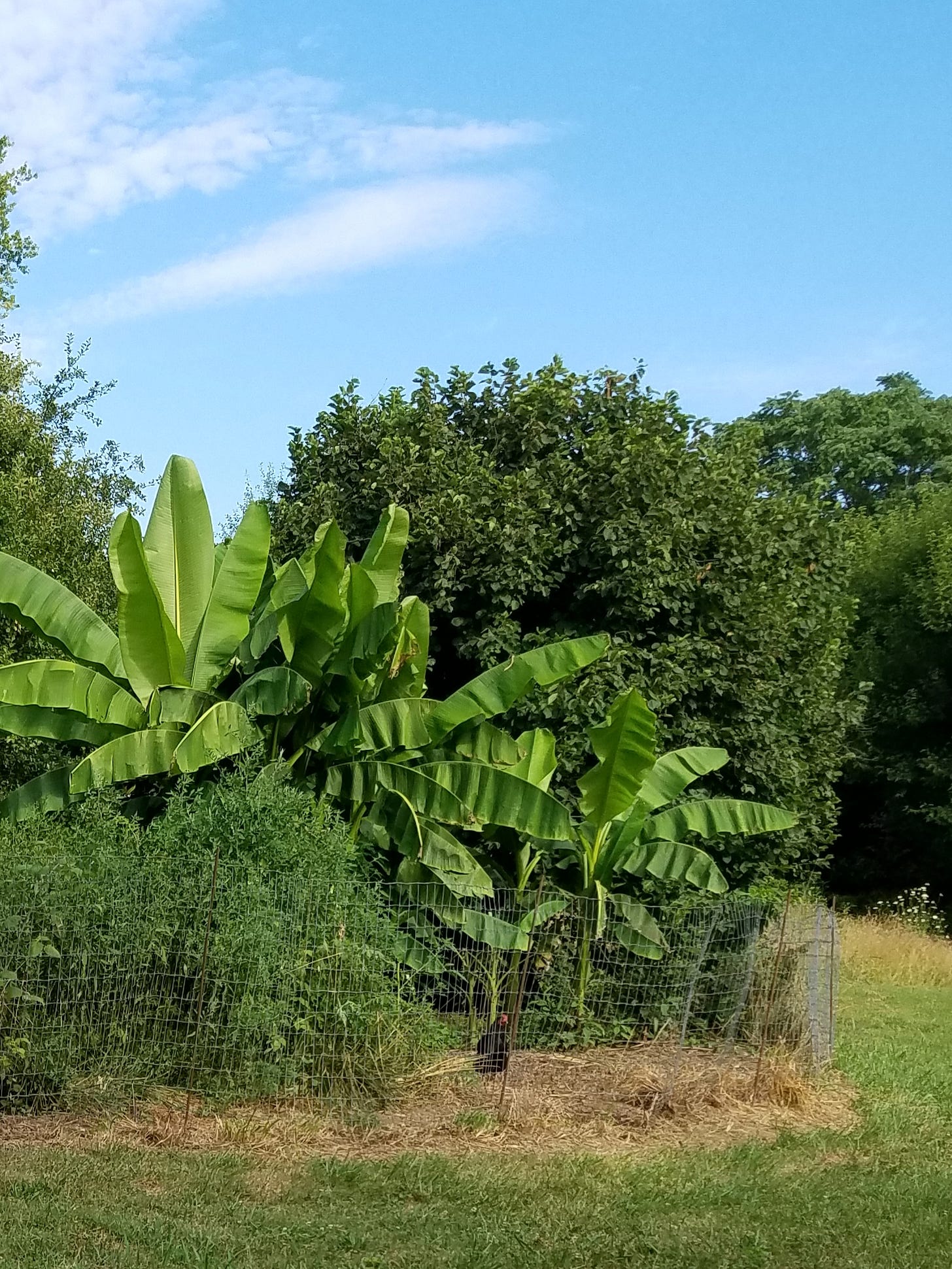
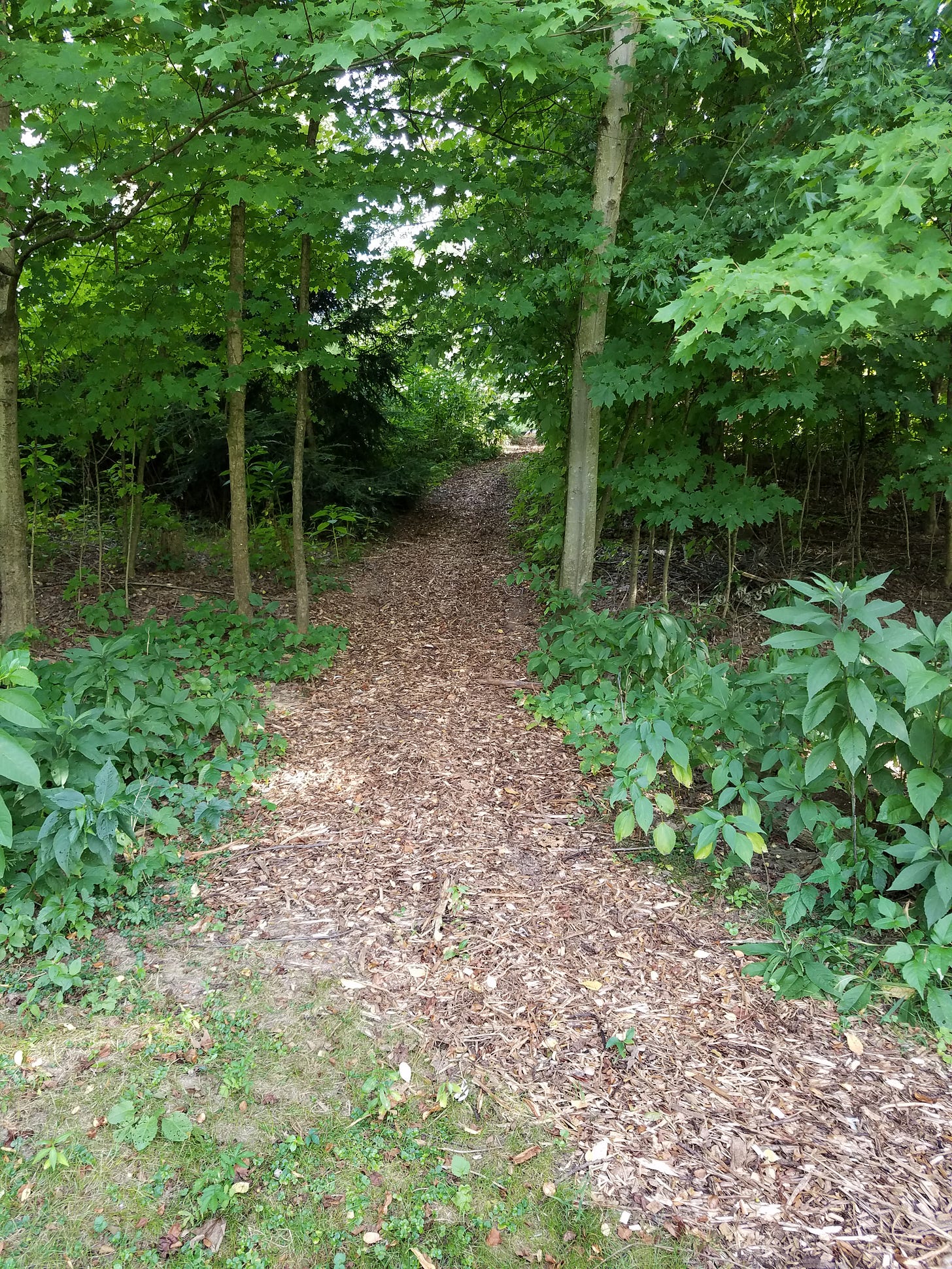
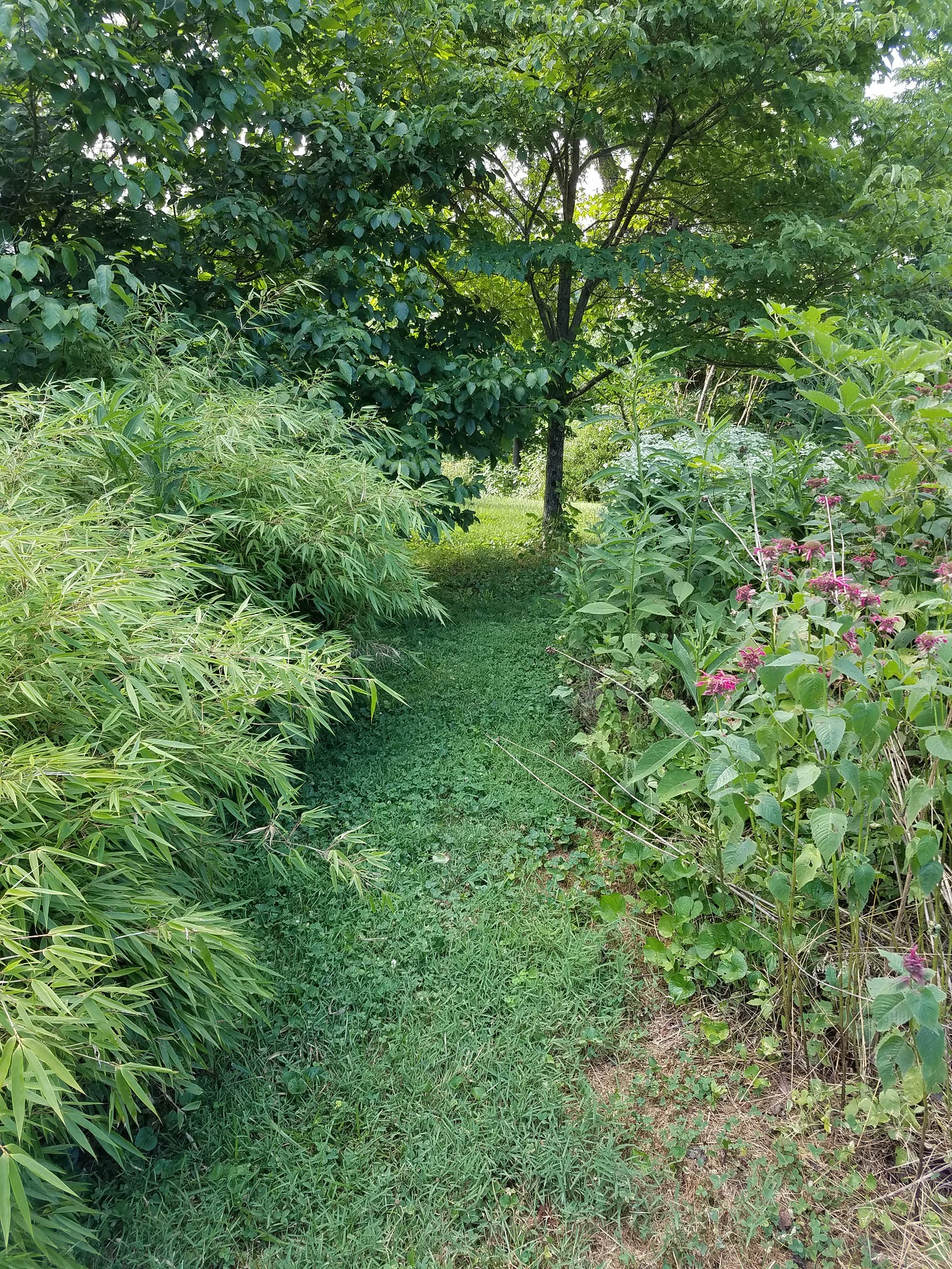
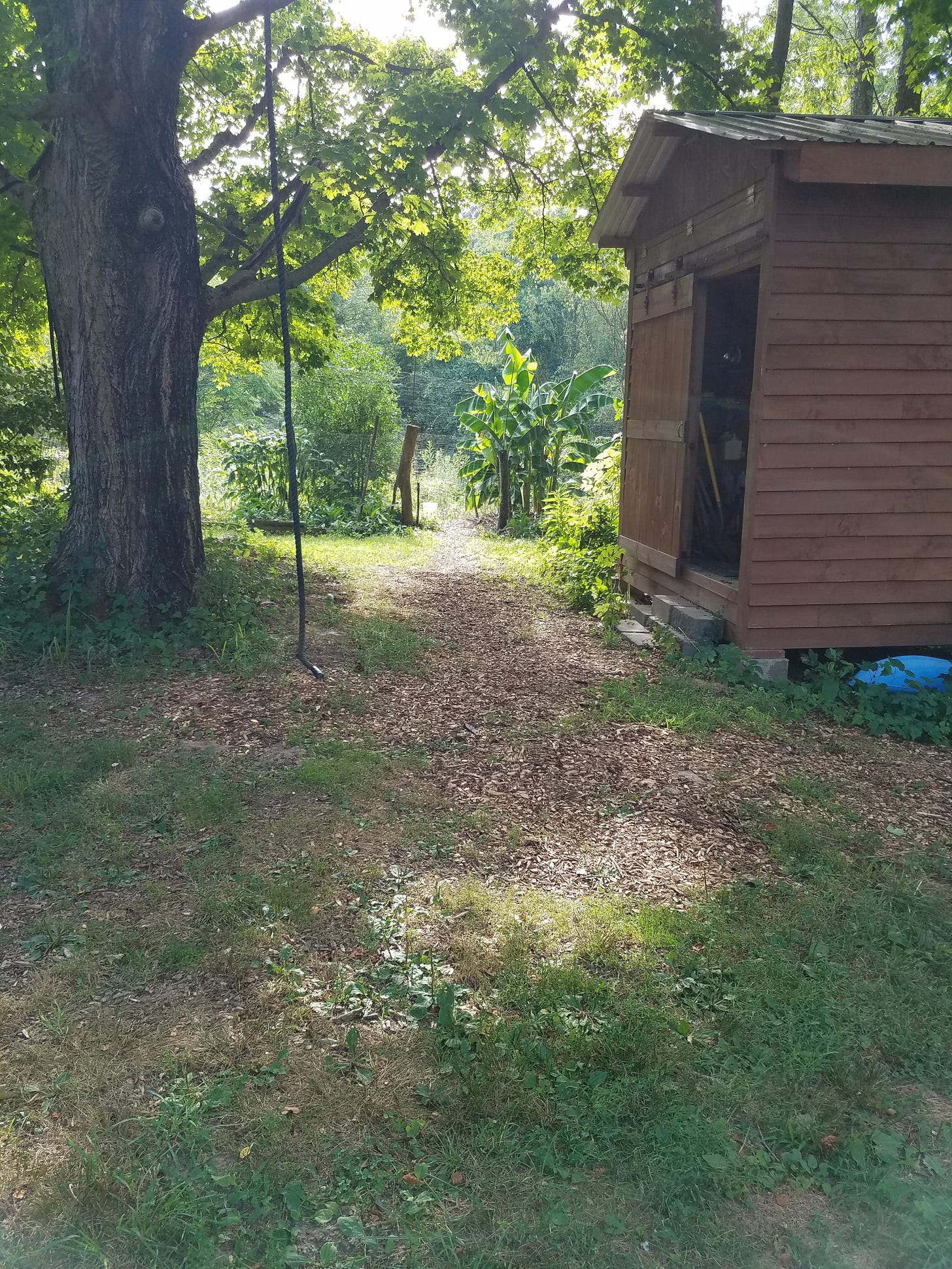


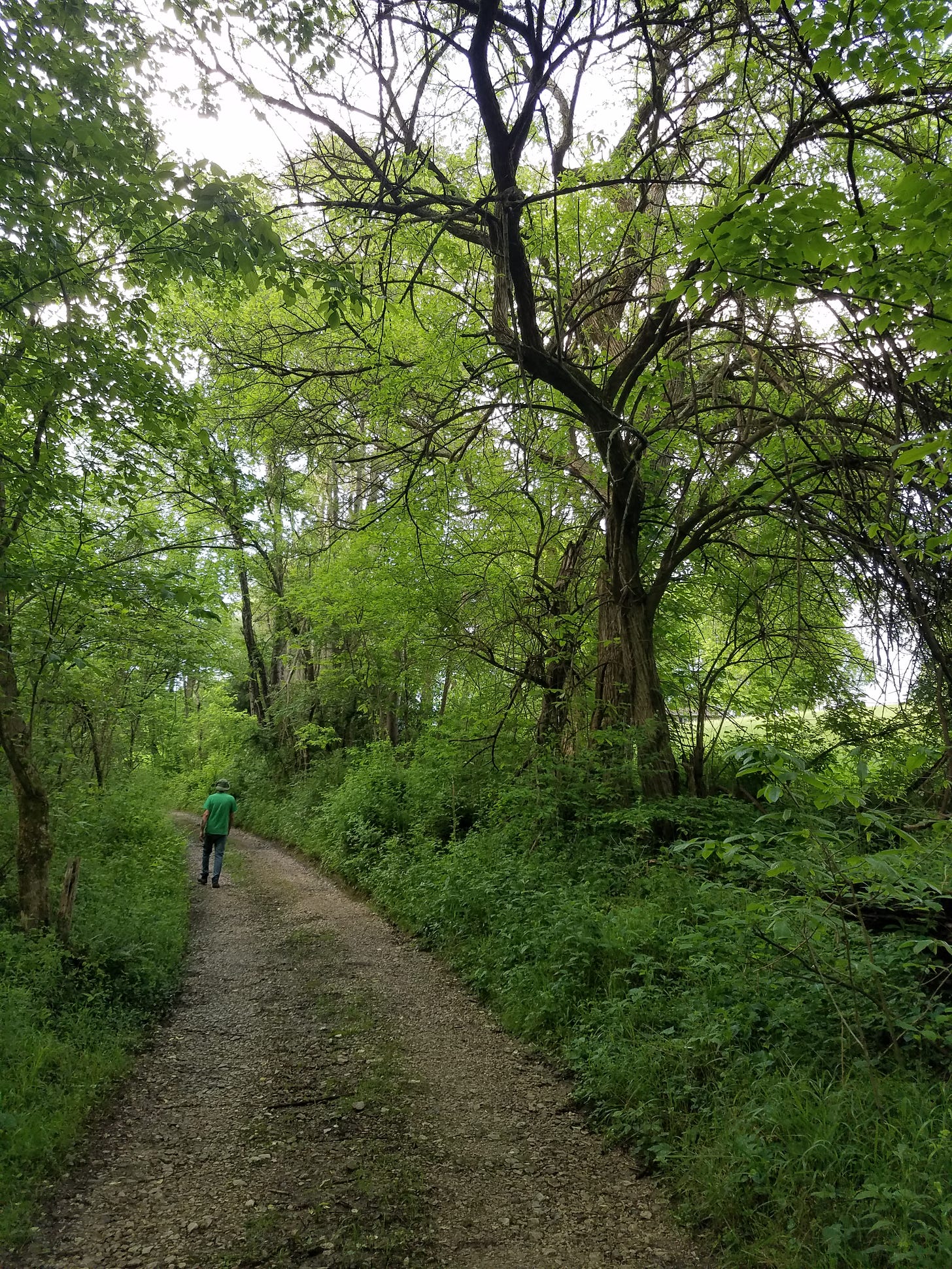
A great article again, Lynn Cady. I was once at a permaculture association meeting in London, in Forest Gate, I think, in a baking hot, dry July. Carl, our host took us outside and down the Main Street- constant traffic, noise, exhaust fumes, dust, a myriad people, the road and pavements storing and reflecting heat like an oven. A few hundred yards and he turned off into a sudden and unexpected stand of dense trees. Under the canopy, a small hollow, maybe a half acre or so, with running water in the bottom. Within ten steps of entering the dust had gone, the air was cool and moist, the sounds of the city receded and smiles appeared on our faces. Every block should have one!
This might be my favorite of your recent columns. I wish it could be picked up by AP. Everyone should read it. I agree wholeheartedly with everything you said. I grew up in suburbia and even as a young person I felt the wrongness of its design. As soon as I was able, I moved to the city where there are fewer trees, true, but where it's possible to exist without a car (that wasn't the only reason of course). I also appreciate what you said about efforts to fight climate change by only implementing macro solutions. Your description of a possible future community with shade trees and paths is absolutely perfect. Everything you said here just feels like common sense.